Homemade Mayonnaise is easy-to-make and can be used in a variety of dishes like salad dressings, tuna salad or chicken salad. It also works great as a base for aioli, tartar sauce or your favorite dips. Of course, it's also great on sandwiches.
You can create delicious Homemade Mayonnaise with just a few simple ingredients. Your homemade mayonnaise will have a rich flavor and silky texture and none of the preservatives or additives commonly found in store-bought mayonnaise. In this post, we'll walk you through the easy process including tips for using different oils.
This recipe is an adaptation of a recipe by Alton Brown on the Food Network. It was his idea to split the lemon juice and vinegar into two steps and that makes a better emulsion. I modified the recipe for my taste, but the original was from Mr. Brown.
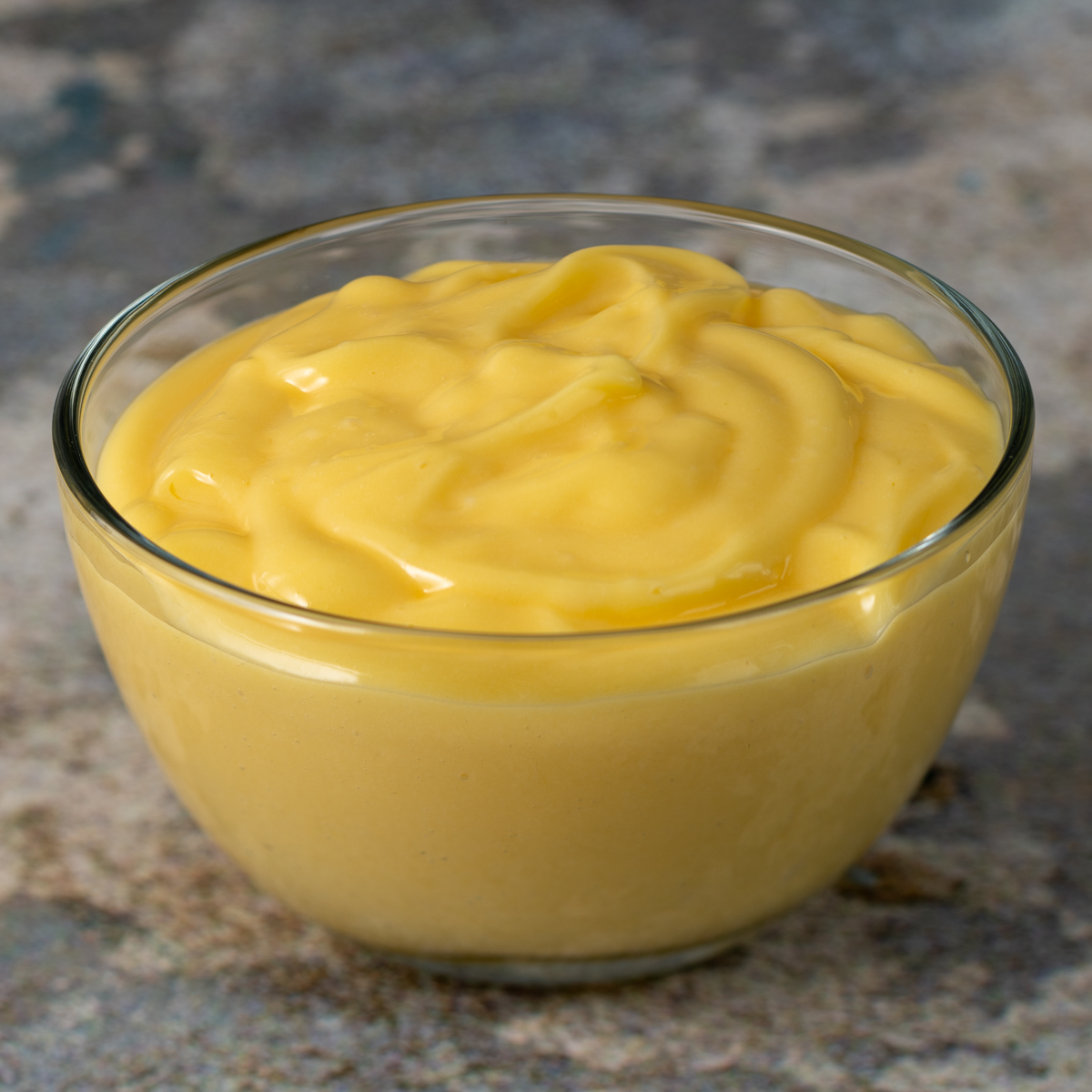
Try my other recipes for Bourbon Barbecue Sauce and Jalapeño Relish.
Jump to:
Ingredients
- Ingredients
- Egg yolks
- Fine sea salt
- Dry mustard
- Lemon juice
- White wine vinegar
- Safflower oil
See recipe card for quantities.
For the best results, use eggs that are very fresh. In fact, buy them that day. Fresh egg yolks emulsify better than old egg yolks. Also, eggs from pasture-raised chickens tend to have a more orange yolk that will produce a darker mayonnaise. The photos in this post are of mayonnaise made with eggs from pasture-raised chickens. For color closer to store-bought mayonnaise, use egg yolks that are yellow.
Pasteurized eggs can be used if you would rather not use raw eggs, but the consistency will be different. Those products also contain egg whites and the pasteurization process will affect the emulsification process.
Equipment
You can use various tools to make mayonnaise, each offering a slightly different texture and consistency:
- Wire Whisk and a Glass Bowl - Perfect for mixing mayonnaise by hand. It takes a little elbow grease, but the result is perfect. The mayonnaise in the photos above was made using a wire whisk.
- Food Processor - Works well for making larger batches. Provides a smooth texture but requires frequent scraping with a rubber spatula to ensure uniform mixing.
- Hand Mixer or Stand Mixer - Also works well for making larger batches.
Instructions
Make sure that all ingredients are at room temperature for a smooth emulsion.
Place the oil in a squeeze bottle with a narrow tip. In a glass bowl, whisk together the egg yolks, salt and mustard.
In a separate bowl, combine the lemon juice and vinegar. Then whisk half of the lemon juice and vinegar mixture into the egg yolk mixture. Begin whisking the mixture briskly, then begin adding the oil a drop or two at a time until the liquid begins to thicken. That is the emulsion that you are looking for.
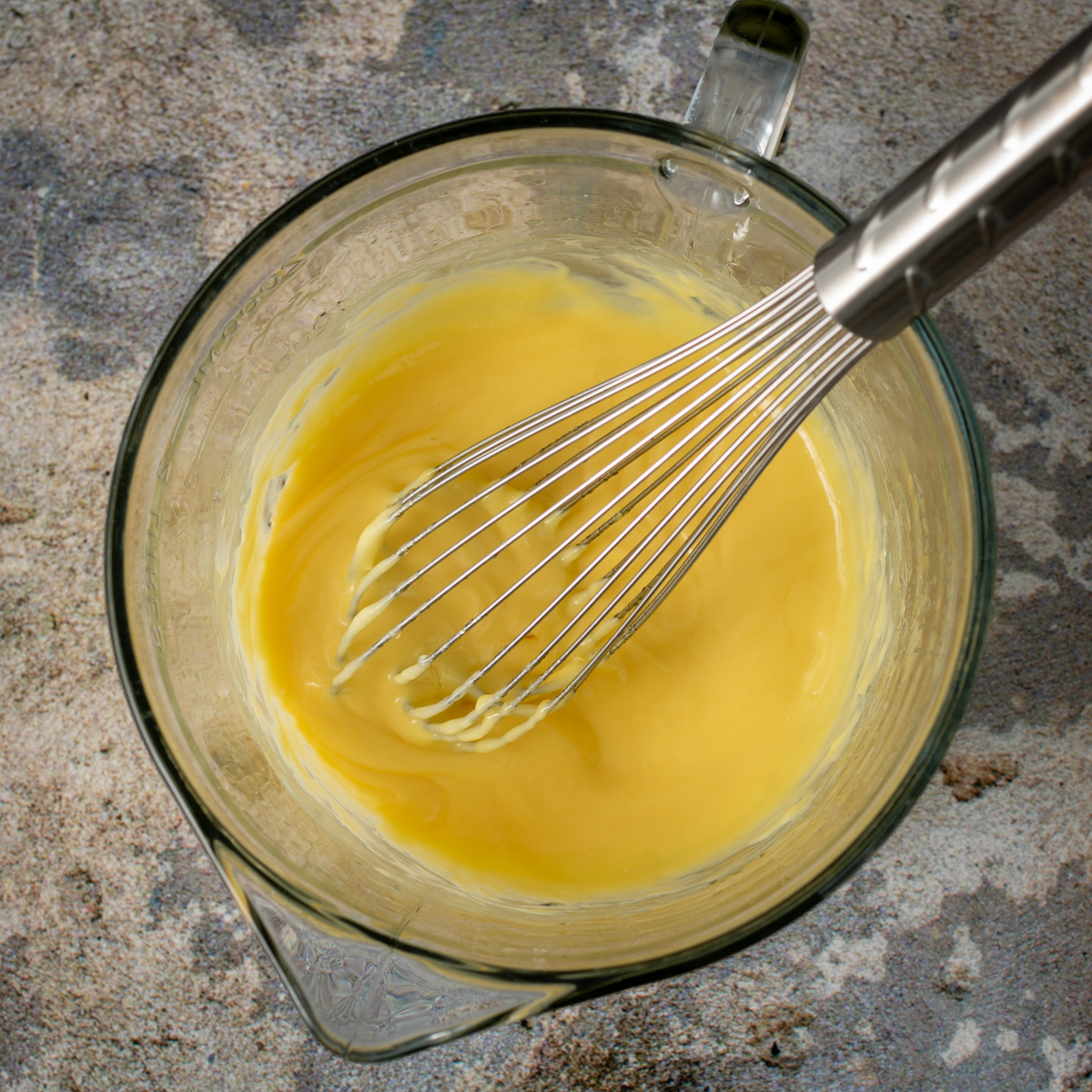
Now, increase the flow of the oil to a very thin but constant stream until half of the oil is added.
Add the remaining lemon juice and vinegar mixture to the emulsion and whisk to incorporate. Continue whisking while adding the remaining oil in a thin but constant stream.
Substitutions
This recipe uses safflower oil, but other neutral-flavored oil like canola oil or sunflower oil would also work. If you don't have white wine vinegar, apple cider vinegar or plain white vinegar will also work.
Variations
For a gluten-free mayonnaise, ensure that all all ingredients, especially the mustard, are gluten-free.
Storage
Store leftover homemade mayonnaise in a mason jar or other airtight container in the refrigerator for up to a week.
Top Tip
Be sure to add the oil drop by drop at first, then using a low stream after an emulsion has formed.
Final Thoughts
Making your own mayonnaise at home is easy-to-do and worth the effort. With control over the ingredients and flavors, you can customize it to your dietary needs and preferences. Whether you're using a wire whisk, food processor or mixer, the process is straightforward. Give it a try, and enjoy the satisfaction of making your own mayonnaise from scratch. Enjoy!
Related
Looking for other recipes like this? Try these:
📖 Recipe
Homemade Mayonnaise Recipe
Ingredients
Method
- Let the eggs come up to room temperature to ensure a good emulsion.
- Place the oil in a squeeze bottle with a narrow tip.
- In a glass bowl, whisk together the egg yolks and dry ingredients.
- In a separate bowl, combine the lemon juice and vinegar. Then whisk half of the lemon juice and vinegar mixture into the egg yolk mixture. Begin whisking the mixture briskly, then begin adding the oil a drop or two at a time until the liquid begins to thicken. That is the emulsion that you are looking for. Now, increase the flow of the oil to a very thin but constant stream until half of the oil is added.
- Add the remaining lemon juice and vinegar mixture to the emulsion and whisk to incorporate.
- Continue whisking while adding the remaining oil in a thin but constant stream.

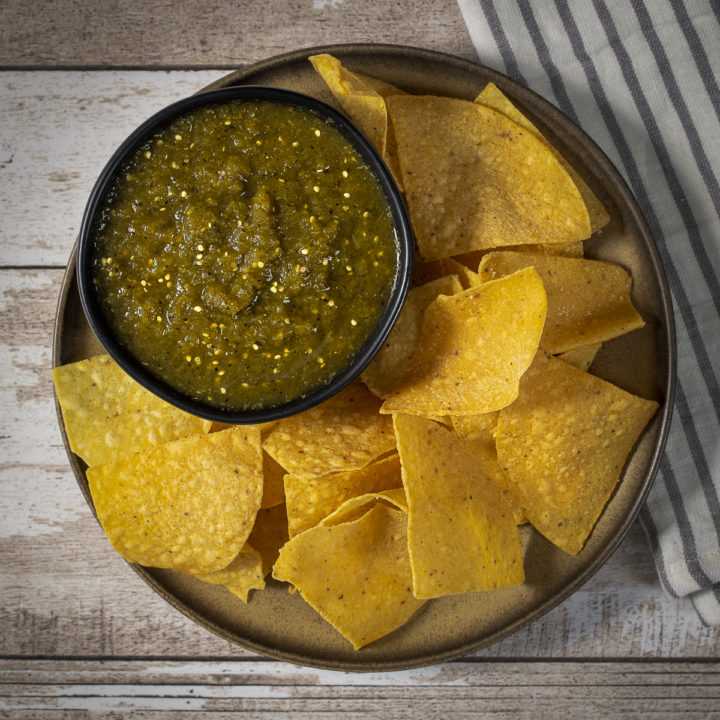
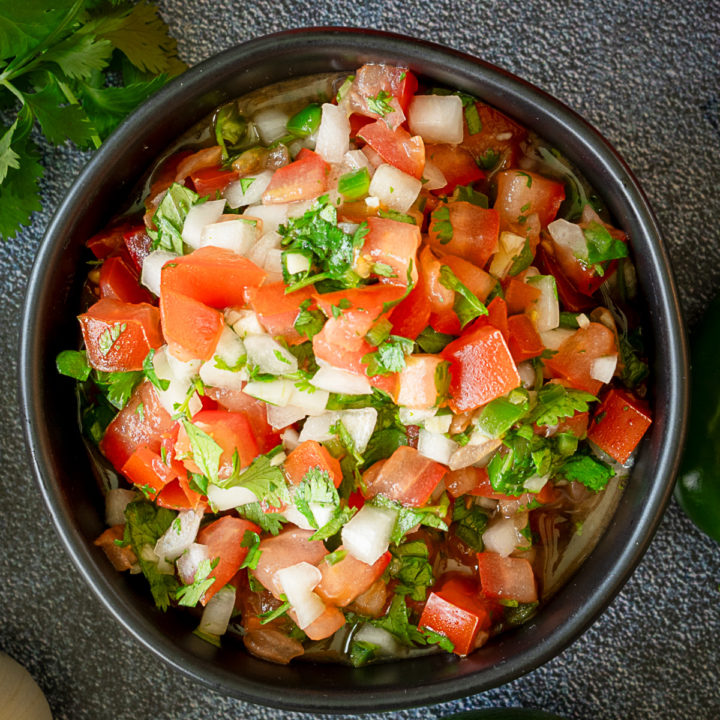
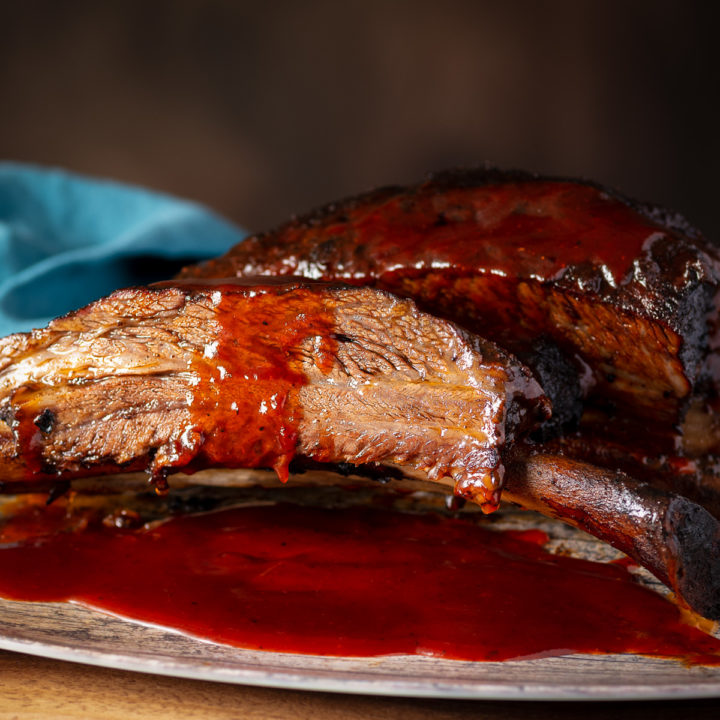
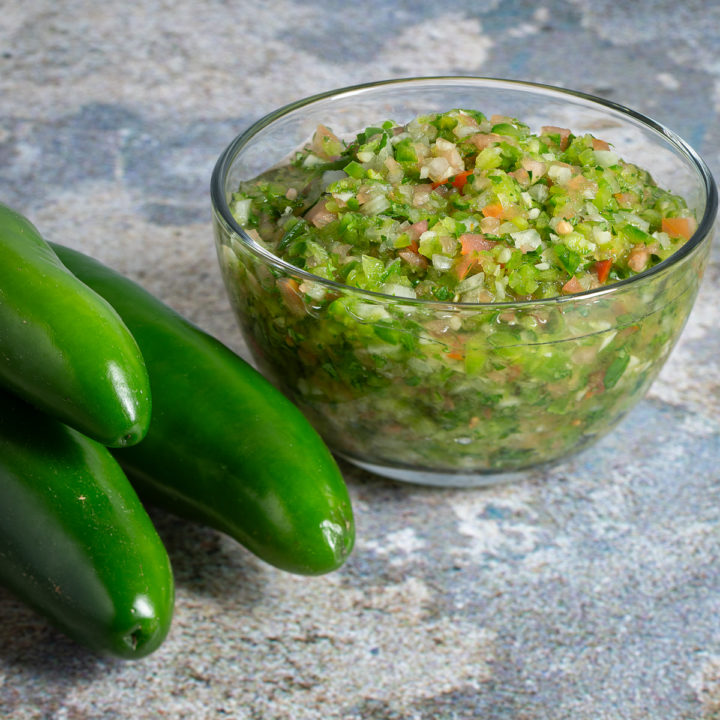
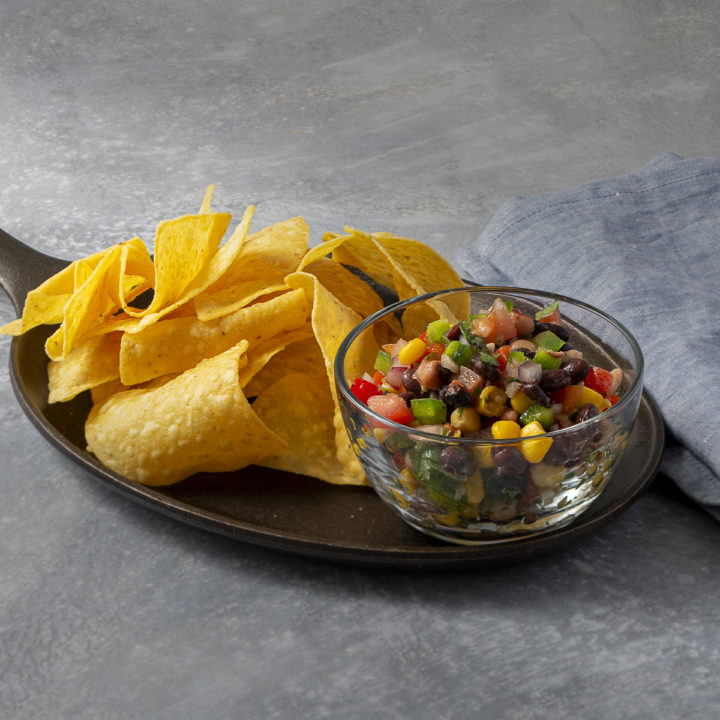
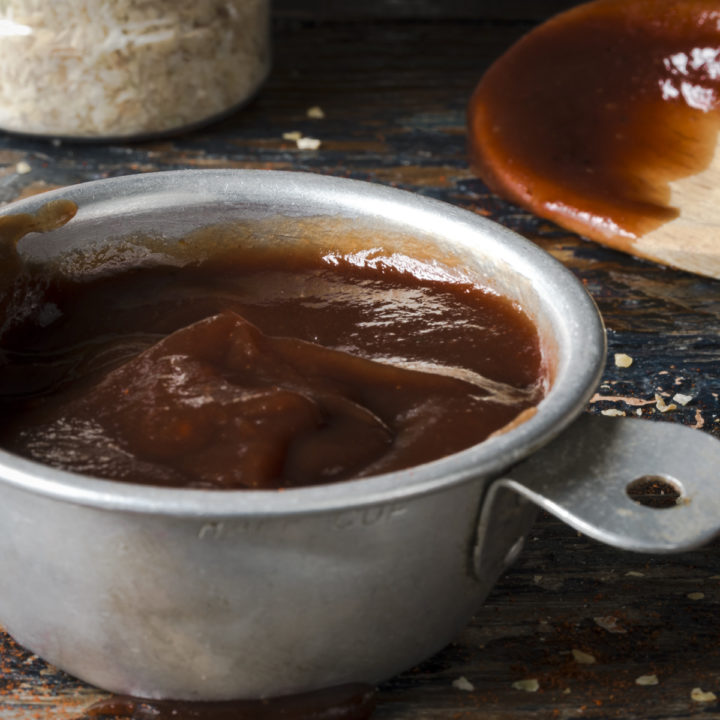
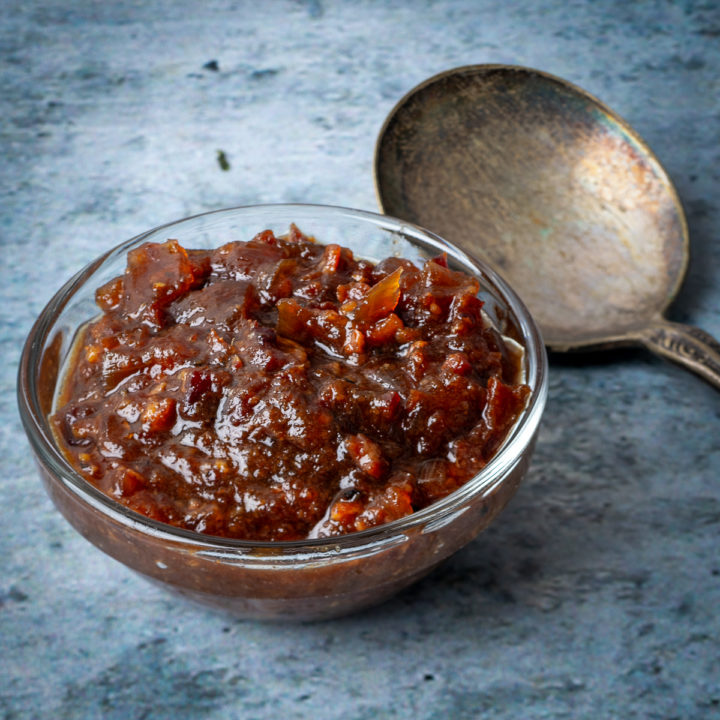
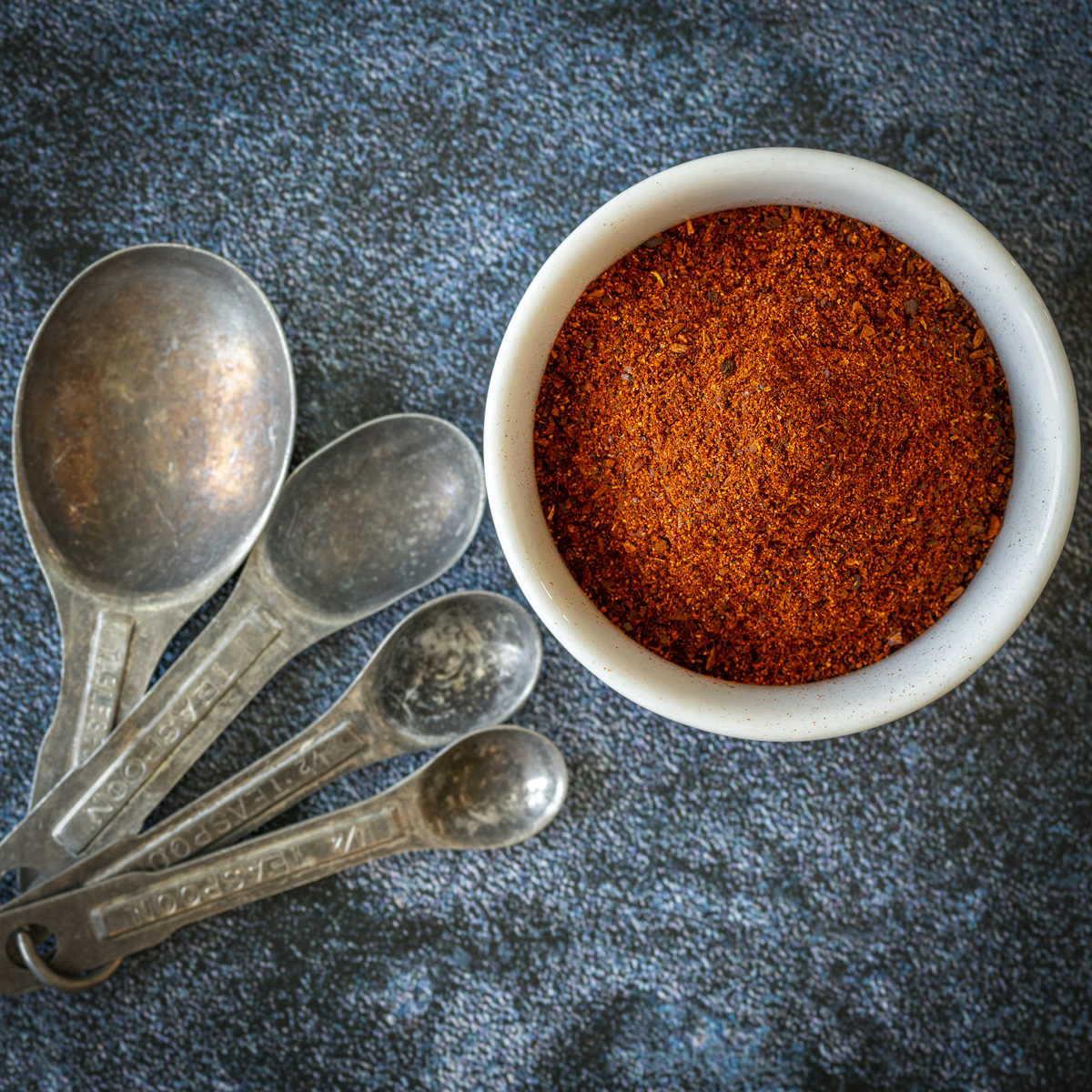
Leave a Reply